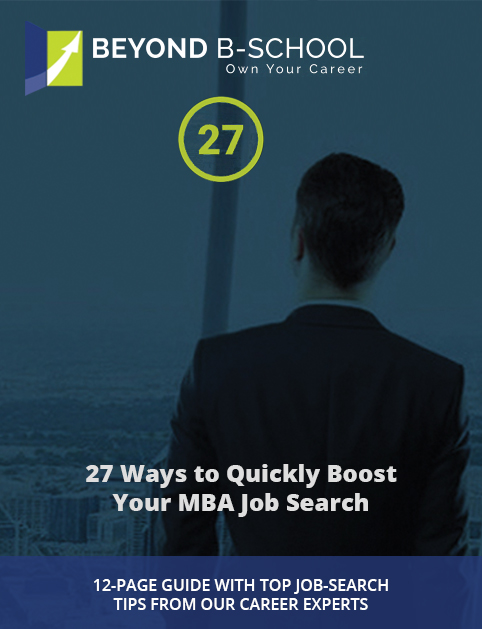RESOURCES FOR CAREER COACHES
20-Minute Networking Meeting: Learn to Network. Get a Job.
By Roy Young
Book Review by Roy Young, CEO Beyond B-School 20-Minute Networking Meeting: Learn to Network. Get a Job. by Marcia Ballinger and Nathan Perez.
 As a job seeker, you know your success depends largely on networking. So you search for potentially good contacts to add to your list of contacts. But not until you meet with a potential contact – by phone or face-to-face -- does your network actually grow. Building your network with quality connections depends upon running productive meetings with your new contacts.
As a job seeker, you know your success depends largely on networking. So you search for potentially good contacts to add to your list of contacts. But not until you meet with a potential contact – by phone or face-to-face -- does your network actually grow. Building your network with quality connections depends upon running productive meetings with your new contacts.
The problem is most job seekers conduct their networking meetings poorly, according to the authors of 20-Minute Networking Meetings who are executive recruiters and who know many other executive recruiters. Those with vast experience on the other side of the desk report that too many networking meetings are too long and too unfocused.
The authors wrote their book to teach a doable, productive and repeatable meeting structure. When you follow their easy-to-learn techniques, you will feel comfortable and confident conducting meetings with strangers and superiors.
Before outlining the five-step method, the authors explain why a 20-minute length is optimal. Consider:
1. An executive will drift off after 30 minutes thinking about work not getting done and resenting the time spent with you. 2. A full sitcom story takes just 30 minutes with commercials. 3. 15-minute length is not quite enough to allow for required hellos and gracious goodbyes. 4. You must demonstrate that you know how to run productive business meetings.
In 20 minutes, you can achieve these three objectives: 1. Gather new information to use in future meetings and interviews 2. Add new contacts to your list 3. Gain an advocate The nuts and bolts of the five-step 20MNM process described in the book are summarized in the table below with the topic, the time limit and what exactly to do for each step. You must prepare for all meetings by conducting research with readily available information about the organization and the person you are meeting.20MNM Structure
| Step | Time Limit | What to Do |
| Step 1: Great First Impression | 2-3 mins. | 1. Arrive early 2. Express gratitude 3. Highlight connections 4. Set agenda |
| Step 2: Great Overview | 1 min. | 1. Briefly state your work experience. Be crisp and memorable. |
| Step 3: Great Discussion | 12-15 mins. | 1. NOTE: Do NOT ask about things you should already know and do not ask for feedback about your resume. 2. Be prepared with 5 questions: · 3 specific questions related to the individual, starting by stating an observation of the person’s background (e.g., you worked in the finance industry and then moved to healthcare . . .or you worked in a large company and now you are working in a mid-sized company, what is the difference in culture . . . ) · For question 4, you ask for the names of others you can contact in a way that you think will be acceptable. For example, ask “you used to work at XXX company. Are there any former colleagues of yours I could contact?” · Question 5 is “How can I help you?” Networking is a give and take process, so even if you suspect you are weaker and needy now, you never know if there is some way you can help. To offer is professional. |
| Step 4: Great Ending | 2 mins. | 1. Review actions you will take after the meeting. Say something like: “To recap . . . “ 2. Express gratitude for their: expertise, time, wisdom, suggestions and/or willingness to help you. |
| Step 5: Great Follow-Up | Varies | 1. Keep records of everything (e.g., your phone calls, meeting dates, correspondence, pertinent information). 2. Send a thank you note (handwritten or email) recapping your discussion, action items and expressing thanks for time and referrals. |


